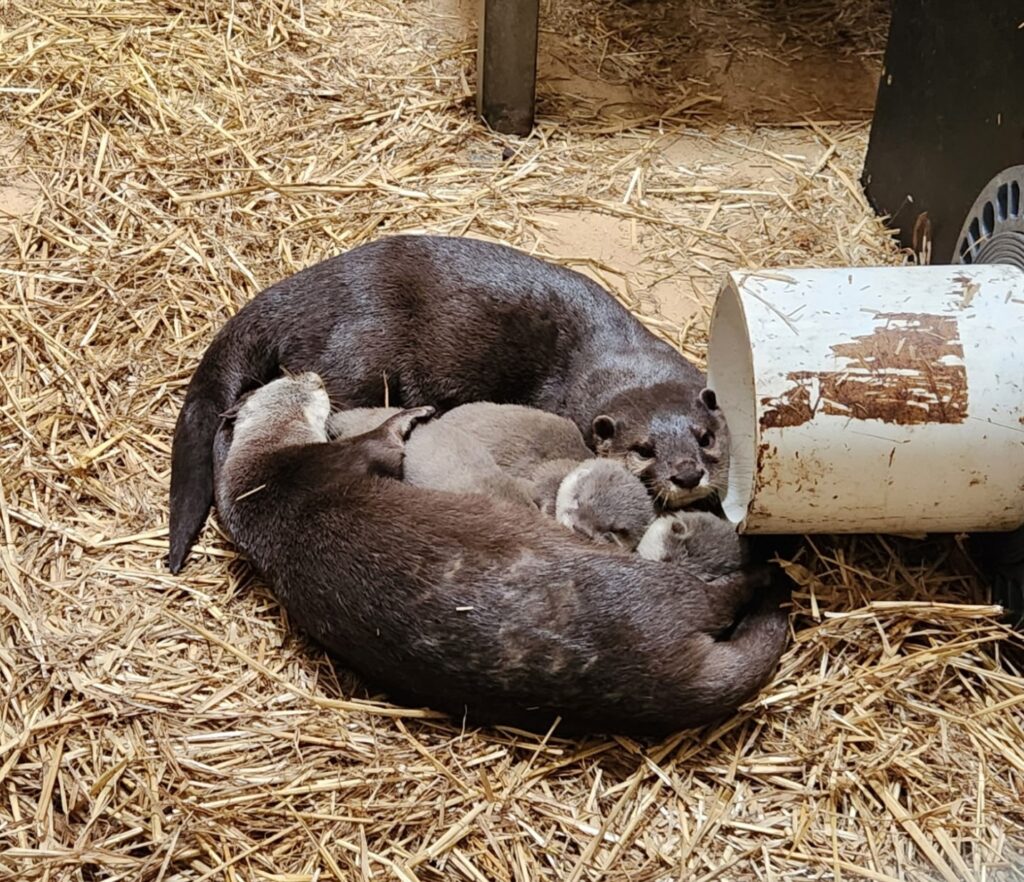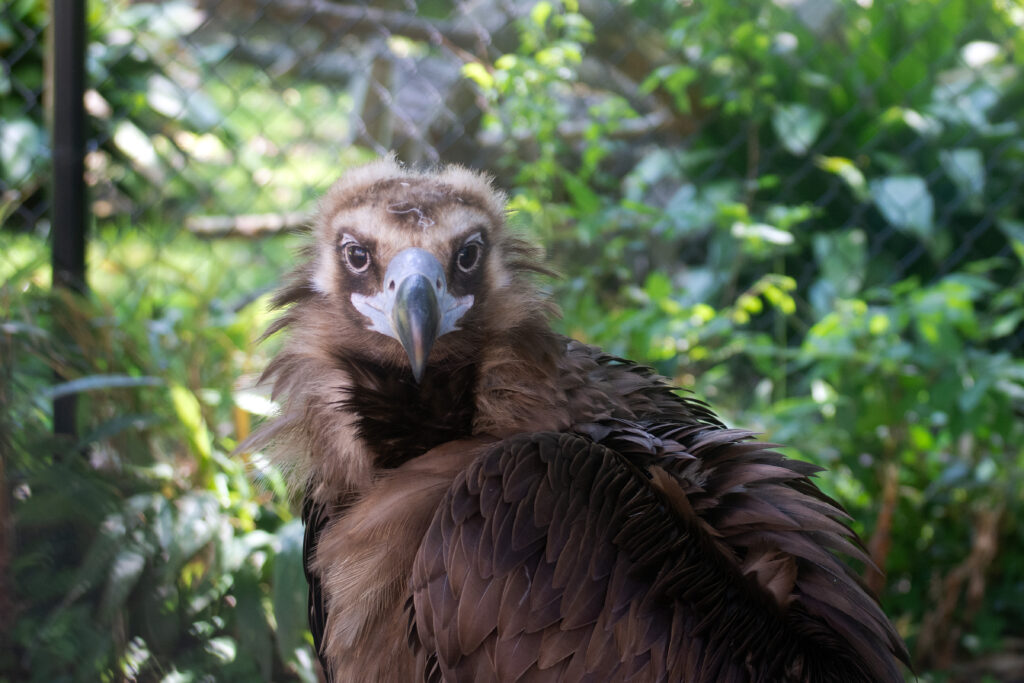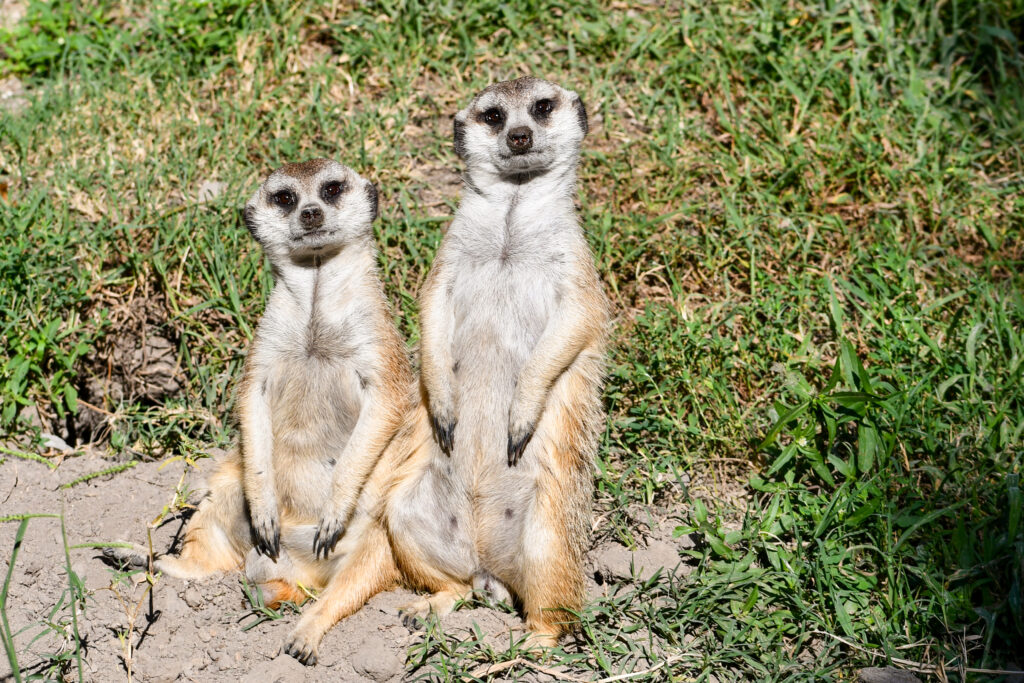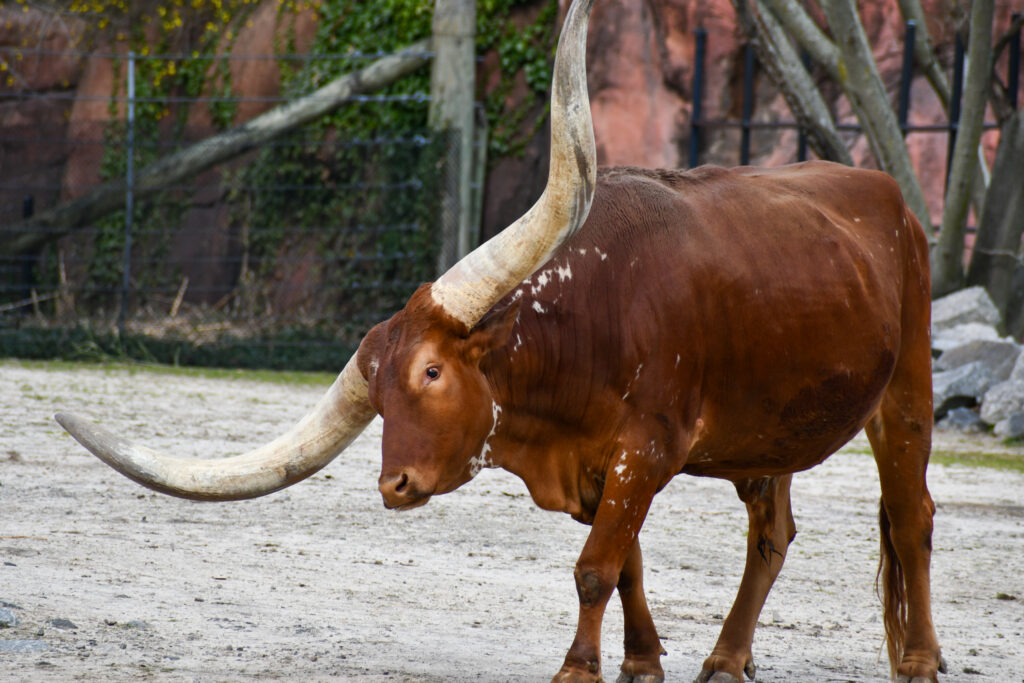Animals Off Exhibit
Below you will find the list of animals currently off exhibit at the Virginia Zoo. For some we will provide brief explanations as to why they are not viewable and others will have more in depth content further down the page. There are a number of reasons why some animals may not be viewable – some of them temporary and some permanent. Please note, at times animals may not be listed below if they are off habitat due to outside temperature requirements/weather or have access to their indoor areas as this situations can happen at a moment’s notice at any time.
Remember, if you do not see an animal in their habitat, it doesn’t necessarily mean they are “off exhibit.” For animal wellbeing, our animals are provided with covered areas or indoor access so they have the freedom to choose if they are visible or not. Don’t be afraid to ask a staff member or volunteer if you are unsure – we are always happy to help!
Animals currently off exhibit:
- Animal Ambassadors (These animals live behind the scenes year-round).
- Asian Small-clawed Otters (see below).
- Cinereous Vulture (Exhibit construction).
- Emus (Not currently housed at the Virginia Zoo).
- Kangaroo (No longer a Virginia Zoo species).
- Meller’s Chameleon (Retired behind-the-scenes).
- Ostrich (Not currently housed at the Virginia Zoo).
- Prairie Dogs (Not currently housed at the Virginia Zoo).
- Slender-tailed Meerkats (Not currently housed at the Virginia Zoo – we are hoping to bring them back soon!)
- Two-toed sloth (Exhibit remodel).
- Wallaby (Retired behind-the-scenes).
- Watusi cattle (Not currently housed at the Virginia Zoo).
Ambassador Animals
What are ambassador animals? Well, technically all the animals who call the Zoo home are animals who are ambassadors for their species! However, in this case, we are speaking about the group of animals that participate in educational programs like Zoo Live! Shows, Animal Meet-and-Greets, Media Interviews, Classes, Camps, and more! Essentially, these animals are the ones you can get up close and personal with at the Zoo (with the assistance of their handler of course!). They play a very special role at the Virginia Zoo. Their job is to connect our guests directly to wildlife conservation and educate them about the importance of their species and others like them! It is because of this role and their frequent interaction with guests that they are housed behind-the-scenes. This provides them a safe, quiet place to rest and a controlled environment to continue training with their handlers!
Asian Small-clawed Otters
On August 25, we welcomed our first ever Asian small-clawed otter pups! The 3 male pups were born to parents Elbe (F) and Jilin (M) who joined the Zoo in 2024 based on a breeding recommendation from the Asian Small-clawed Otter Species Survival Plan (SSP).
Due to the delicate nature of the otter pups, the introduction process back onto the outdoor habitat will be slow. When baby otters are born, they do not have their waterproof coat yet, so the introduction process to water will be gradual, starting no sooner than when they are 9 weeks old. During this time, Elbe and Jilin will teach the pups how to swim while still behind the scenes and in shallow pools to ensure the safety of each little one. Depending on the weather and the pups’ progression through their milestones, we hope to see the otters transition back outdoors and be visible to the public in roughly 14-16 weeks. Follow along on the Zoo’s social media pages for updates!


Cinereous Vultures
Our cinereous vultures, J.D. and Eve, are actually viewable right now! Though they may be difficult to spot since their habitat doesn’t directly come in contact with our guest walkway. However, when visiting with the tapirs, if you look close enough, you may be able to spot them behind the tapir habitat! Additionally, a trip of the Virginia Zoo Express train will take you behind the scenes and give you a closer view of their habitat (you may get the chance to see them eating too!). This is their temporary housing area while we work on building them a new habitat right across from the Asia: Trail of the Tiger entrance! Stay tuned for progress!
Slender-tailed Meerkats
On March 26, 2025 we sadly lost our two geriatric meerkats Amadi and Hardy due to age-related declines. Unfortunately, we will not have meerkats on exhibit at this time, but our staff is working diligently with the Slender-tailed Meerkat Species Survival Plan (SSP) coordinators to house new meerkats in the future. In the meantime, we appreciate your patience and understanding as we navigate the complicated permitting process required to house these animals. We will update our website and official social media channels when we have more information!

Wallaby, Kangaroos & Emus
Many of you may remember when the Australia Walkabout was full of some of our favorite animals from the land down under like kangaroos, wallabies, emus and more! While the cassowaries still reside there and would love a visit from you, the kangaroos and wallabies have sadly aged out. The Virginia Zoo is still home to two senior wallabies who have retired behind-the-scenes to enjoy some quiet time and extra attention from their keepers. Additionally, our two remaining geriatric emus passed in 2024. The Australia Walkabout is currently closed as we reevaluate its future and is currently operating as a transitional space for the arriving and departing animals.
Watusi Cattle
Our Watusi bulls, Gamba (12) and Kamau (8), unfortunately passed in 2024. The two cattle experienced genetically influenced abnormalities in the way their horns grew which led to untreatable head-tilts and long-term impacts on their health. Their care team and veterinary staff determined their condition had reached a point where their quality of life was being negatively impacted, therefore made the difficult decision to humanely euthanize them. This decision is never an easy one and we want to express our immense gratitude to our veterinary and animal care staff for always prioritizing the health and wellbeing of the animals in their care.
